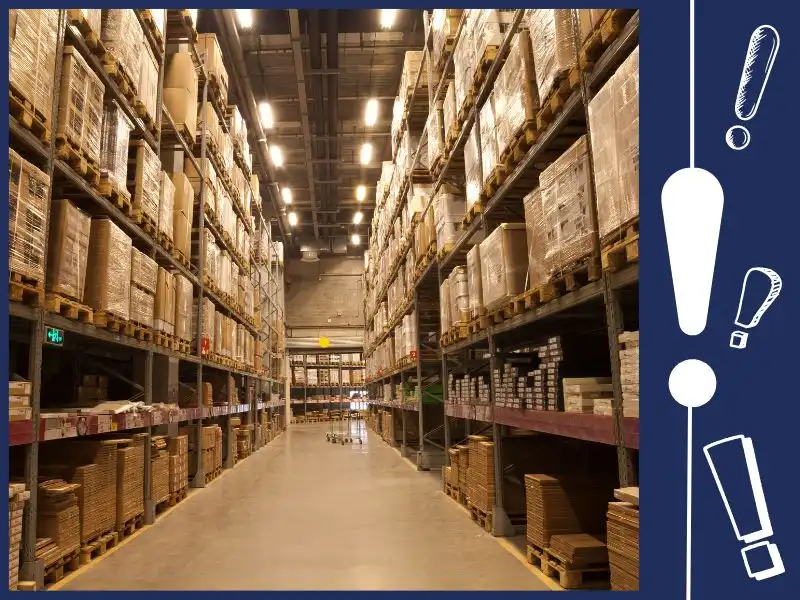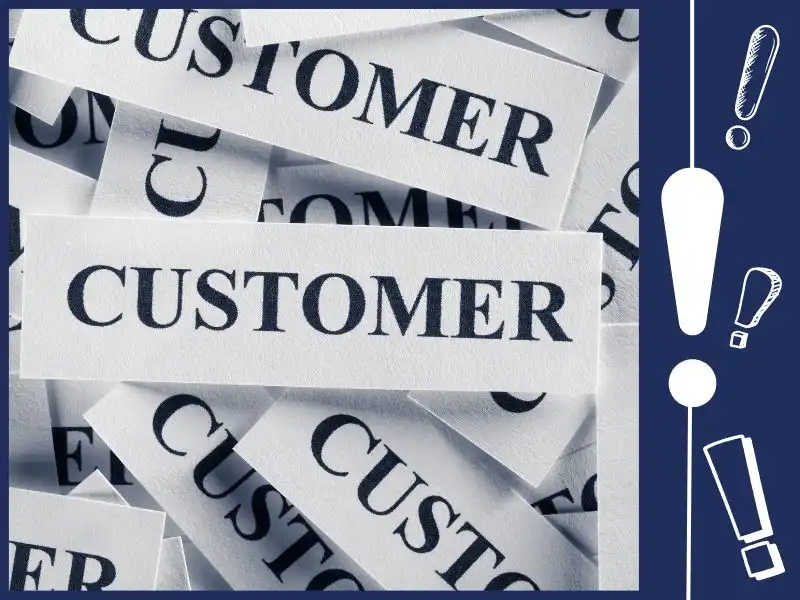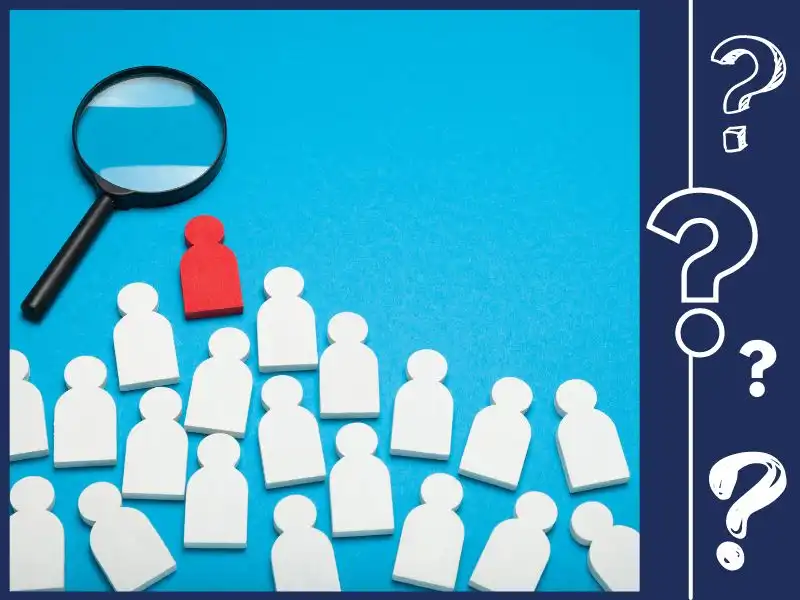
Is your business focused on the product or the customer? Andreja Fazlić reveals how customer-centricity can transform your business. Learn how to distinguish real customer needs from assumed ones and how the integration of customer experiences affects long-term success.
One of the main challenges I face when working with companies is their shifting focus from the product to the customer.
This challenge becomes even more complex when end users, who are not the same people as customers, are included in the story.
The whole situation is additionally complicated by the frequent practice of combining Croatian and English words without their in-depth understanding and the frequent use of different terms for the same purpose.
If you regularly follow my column, you are already familiar with topics such as the customer journey, the ideal customer, customer experience, inbound marketing and CRM.
Understanding these topics is key to building a business model that responds well to market needs.
If you are a new reader, you can find more information and deeper insights in this series of articles and recorded webinars.
The mentioned elements form a vital part of the so-called "revenue flywheel, " a revenue generation system oriented towards customers. And users.
If you want to better understand concepts such as customer, customer and product centricity and how they relate to each other - read on.
A clear understanding of these key terms is crucial to the successful transformation of your business.
Product-centric vs. Customer-centric business
Two approaches are common in business; the product-oriented one and customer-oriented.
Both have advantages and disadvantages. They are used regardless of whether they are products or services and whether they are B2B or B2C companies.
Their fundamental difference lies precisely in the focus of action.

A product-centric business is focused on product development and improvement. Companies that apply this approach strive to create superior products, constantly innovating and technically improving them, which can result in a strong market position in the category.
The main disadvantage of this approach is that it ignores the real needs of customers, so such companies often have high-end products that do not meet the actual demand.
This leads to a decrease in sales and customer loyalty.

Customer-centric business is focused on building strong relationships with customers and improving their shopping experience.
Companies that apply this approach continuously research the market and adapt their products and services to the real needs of customers.
This approach allows building strong relationships with customers, which leads to greater loyalty and satisfaction, and thus their retention.
The downside of this approach is that it can increase costs and slow down innovation due to the need for more significant investment in adapting existing products and services.
When discussing the B2C context, the customer and the user are often the same person, although not always.
In the B2B context, it is often the case that the person who makes the purchase decision and the person who will use the product or service are not the same.

User-centric vs. Customer-centric business
Jeroen Kraaijenbrink, co-author of The Strategic Leadership Playbook, states that many companies want to focus their business on customers. Still, they often neglect or get confused by the basic question - who is their customer? Or user?
I absolutely agree with him! This is the second most common challenge I face when working with clients. Many directors and managers are misled into the idea that it is enough to know which markets they are targeting and which are the demographics of their customers.
However, in order to successfully direct your business's focus towards the customer or user, you must deeply understand the individuals who buy and use your product or service and their psychographics.
There are four basic categories that need to be defined when talking about customers:
- Users are those who actually use your products or services.
- Customers are those who finance the purchase, whether it is direct payment or sponsorship.
- Decision-makers are vital people who have the power to approve, reject, or influence the purchase.
- Influencers are people who can significantly influence the purchase decision, either through recommendations or authority.
This range of roles highlights the complexity of market interactions and requires companies to develop approaches tailored to some or all of the above categories.
For example, in a B2B context, the user may be a customer service manager who uses the new CRM for his daily activities, while the payer may be a director or manager.
If we talk about the B2C context, the user and the payer can be the same person, but not necessarily - parents (payer) who buy toys for their children (user) or children (payer) who buy medicine or equipment for their parents (user).
Understanding the difference between these roles is extremely important. Knowing who the users, payers, decision makers, and influencers are can help you plan your activities more precisely and achieve your goals more easily.
A combination of approaches for successful business
Combining user-centric and customer-centric approaches will allow you to balance between meeting the specific needs of your users and building solid relationships with customers.
And on this basis, you are in the right position to build a stable business model that encourages innovation and technological development, while strengthening the market position and ensuring long-term sustainability.
Changing business focus is challenging and requires strategic adjustments, including market research, surveying existing customers, adapting products and services, and building a business culture that strives to understand and meet customer needs.
Regardless of whether you have a product or service and whether you operate in the B2B or B2C market.
Also, one of the essential details in the combination of these approaches is the user and/or purchase journey map.
However, the topic is so extensive that I will cover it again in one of the upcoming articles.

Where is the focus of your business?
If you are thinking about changing the focus of your business to customers and users and don't know where to start, I am here to help.
Schedule a meeting using this link, and let's open a conversation about the transformation of your business.
Categories of trends
- News
- Sale
- Marketing
- SEO
- Web design
- Social media
- Technology
- Regulations
- Management
- Education
- Finances
- User experience
Newsletter
Sign up for the newsletter and receive the latest trends and tips straight to your inbox




